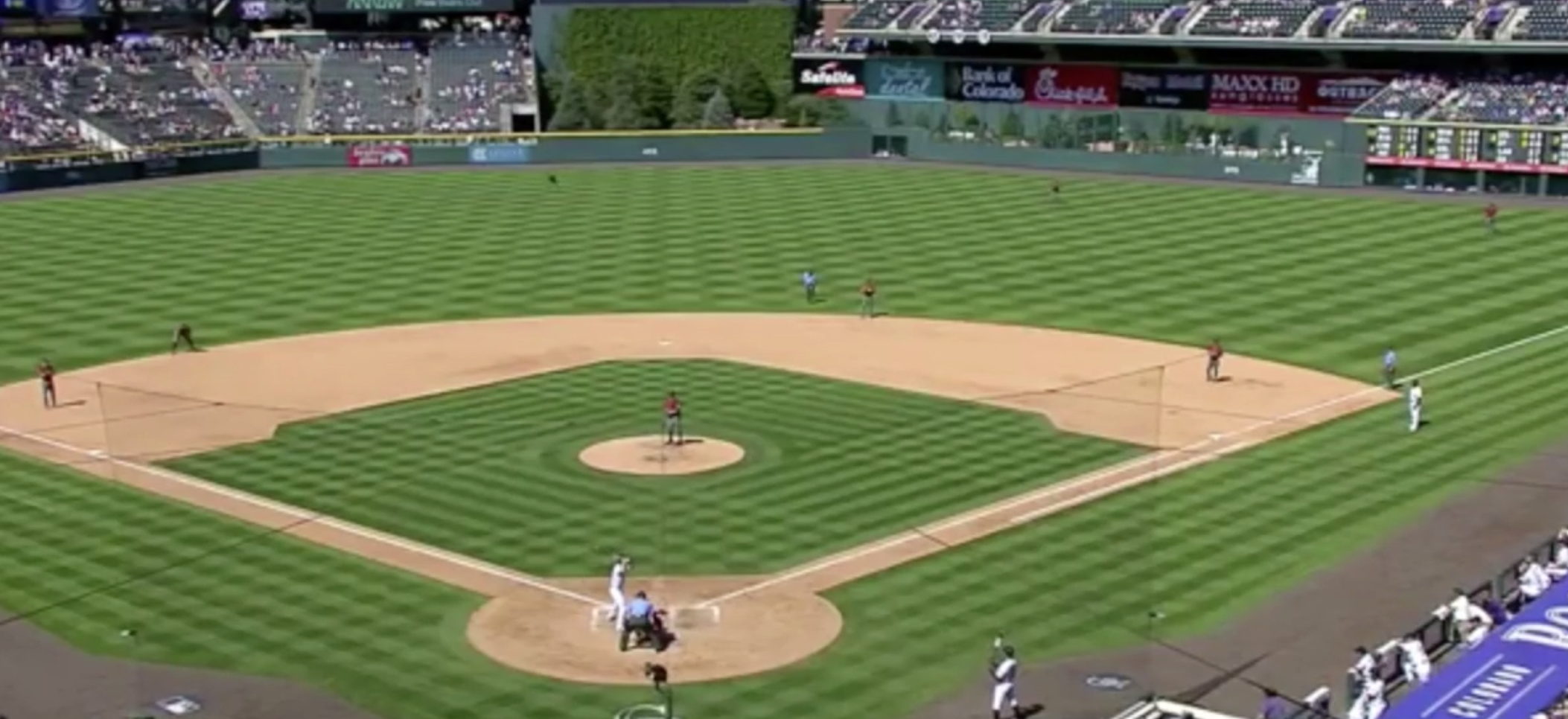Updating the Language of Hitting
We’ve written about a possible sea change in baseball over the last few years here, using phrases like “point of contact” and “attack angle” to better articulate the emergence of a Fly-Ball Revolution, itself another relatively new expression. Add those phrases to all the ones we’ve been compelled to learn for the benefit of Statcast alone — terms like “launch angle,” “exit velocity,” “spin rate,” etc. — and it’s obvious that our baseball dictionaries are getting an update on the fly.
Simply because we’re using a new lexicon, however, doesn’t mean we’re using it correctly — or, at the very least, that some of our assumptions couldn’t benefit from an update, as well.
With that in mind, I decided to examine some of the most notable and commonly used terms in this new language of hitting. With the help of the players themselves, perhaps we can better see what lies beneath each of them and attempt to reach something closer to a common understanding.
Fly-Ball Revolution
“I wish you wouldn’t call it the ‘fly-ball revolution,'” Daniel Murphy told me earlier in the year. “Coaches then think we’re talking about hitting the ball straight into the air. Call it the ‘high-line-drive revolution.'”


